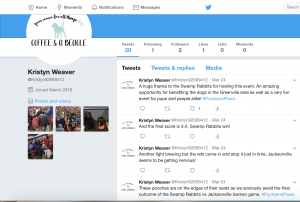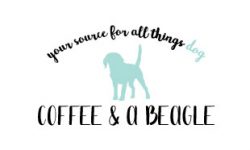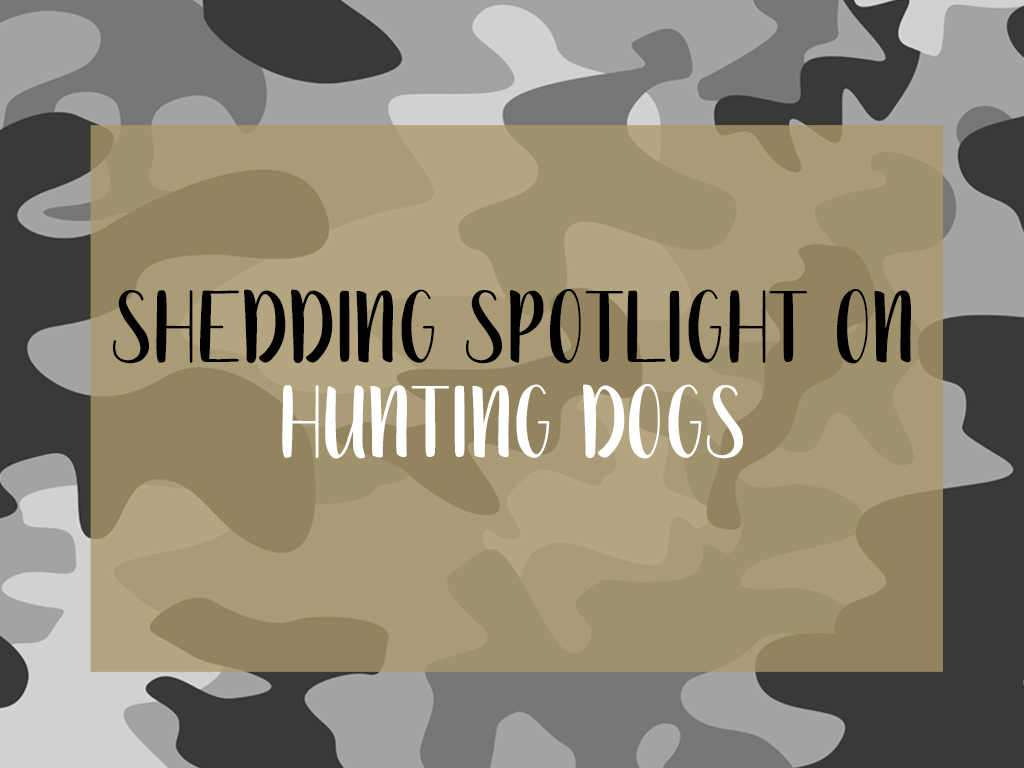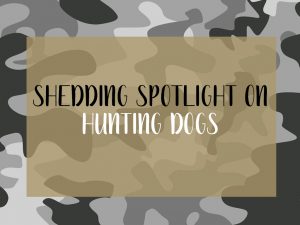This past Saturday I had the pleasure of attending the 2nd annual Pucks and Paws Hockey Game between Greenville’s Swamp Rabbits and the Jacksonville Icemen. This hockey game was special in that for one night only your furry friend was able to enter the stadium free of charge! Tickets purchased also benefited Lucky Pups Rescue, a local non-profit dog rescue shelter! Here’s everything you need to know about Pucks and Paws if you missed it:
Pros:
- To put it plainly seeing all the pups in the stadium made my hockey experience 10x better. While I am not the biggest hockey fan (that was my second ever game!) I am sure that the crowd got bigger on Saturday night just because the thought of seeing all the dogs in the stadium drew more people out!
- The crew did a great job of getting the crowd involved with all sorts of fun games during intermission! One of my favorite things to watch was a race between around fifteen dogs on the ice. While I was expecting a bit of sliding and slipping around on the ice, the smallest Shih Tzu I have seen all the sudden just bolted after the air horn, leaving his competition in the dust! The ‘Simba Cam’ during breaks was another one of my favorites. A song from the Lion King would play and dog owners would be encouraged to raise their pups over their heads just like Simba in the movie! Some people were holding their 80 pound dog up and others were holding their human friends. It was a riot.
- The booths around the stadium were very nicely organized and provided so much information for local shelters, natural and healthy treats, and organizations dedicated to supporting animals. It was so nice seeing all of them supported at the game.
Cons:
- It was a bit hard at times for the bigger dogs to fit in the small stadium seats. A lot of them had to awkwardly ‘squish’ between their owners legs and the back of a chair, which might have been hard for some people. I know two huge Mastiffs didn’t even try to make it into the stadium so they and their owners sat outside.
- My first seat came with a rather interesting odor and we later saw a bit of droppings left at the beginning of our row. Needless to say we switched seats and didn’t have another problem!
You can check out my Live Tweets here!

Overall, this event was one of the coolest experiences in Greenville I’ve been to so far. The only negatives were really logistical errors as the stadium doesn’t usually accommodate dogs, and I don’t think that should be weighed in with heavy consideration. I look forward to next year’s Pucks and Paws event, no doubt you’ll see me there!


